|
It’s October, the season of all things pumpkin; pumpkin spice, pumpkin décor, and pumpkin pie. Let’s take a look at three ways you may want to consider amplifying the joy of pumpkins this season. Pumpkin carving was introduced in America by Irish Immigrants. According to Irish folklore, the Irish began carving demonic faces in turnips to scare away a soul named Jack. It was believed that Jack was caught between heaven and earth when he died because he had played a number of tricks on the devil during his lifetime. When the Irish arrived in America, they carved pumpkins instead as they were more readily available. Hence came the name Jack-o’-lantern. Pumpkin carving is a tradition many of us have been enjoying since we were kids. Cutting out a top to open the big orange gourd, sticking your hand into it and letting your fingers intertwine with the gooey fiber inside dotted with seeds then putting them on a wax paper-lined cookie sheet, seasoning the seeds to make pumpkin seed snacks has long been a tradition enjoyed and passed on. This wholesome tradition is a simple, basic way to celebrate Halloween. Just add a candle on Halloween night to allow it to face and you’re done. Today there are tools to make more ornate creations, but nothing is more heartwarming to see than a pumpkin carved from a child’s imagination. Gathering together and carving pumpkins can be fun too. The Town of Cary in North Carolina encourages kids to bring their pumpkins to participate in the annual Pumpkin Flotilla. Each pumpkin is placed on a wooden board, tied to a string of other boards. A kayaker then paddles the line of floating pumpkins, all lit up, along the shore of the local lake lined with hundreds of onlookers. Creating an event where pumpkins can be exhibited can be a great event to get people outdoors to enjoy the cold, crisp air. Enhance it by serving hot chocolate or spiced apple cinnamon tea. It can also be a way to establish a fundraiser for schools, parks, nature conservancies, and other programs in need. The Great Jack O’Lantern Blaze in New York is a big hit every year and helps support the programs offered by The Historic Hudson Valley.
Regardless of how you decide to celebrate pumpkins this year, please consider composting your pumpkin after Halloween. Better yet, donate it to a local farm, zoo, or animal rescue facility. Animals love pumpkins! If you carve a pumpkin or host a pumpkin event, be sure to tag us on social media @TheNatureNurse so we can share. Happy Halloween!
3 Comments
Fall is underestimated as a time to garden. Autumn is a great time to grow healthy greens, and plant garlic bulbs, as well as trees and shrubs. It’s also a good time to evaluate the soil you grow in. Rich healthy soil is as important for plants as healthy food is for our bodies. It has also been found to play a significant role in the health of our gut, specifically what is called the microbiome. To learn more about the role rich, healthy soil plays in our own bodies, I invite you to listen to this podcast offered by Dr. Mark Hyman. Dr. Hyman is a leading functional medicine physician who is deeply involved in improving our food systems here in the United States. (Podcast Link) Martha Stewart recently recorded a podcast with two leading farmers that included important information and tips that every gardener can work on implementing to enhance their soil. I invite you to listen to this as well. (Podcast Link) In this podcast, Stewart refers to the greenhouses at Stone Barns Center for Agriculture, a leading sustainable, regenerative farm dedicated to offering education and research to catalyze an ecological food culture. The farm which is located about 45 minutes outside of New York City is a natural oasis. One can stroll along paths lined with native pollinator plants, while sheep and goats graze in the fields. A small café offers simple, organic food that will delight your palate. When visiting this farm, I instantly feel healthier meandering through the dense rows of vegetables or strolling through the dirt-based greenhouse. Enjoy the photos below to get a glimpse of Stone Barns for yourself. With nearly 88 percent of American's now metabolically unhealthy, it behooves each of us to learn more about growing some of our own food, even if it is simply an herb box. Learning how to cultivate rich, organic soil is a key component not only for our earth, but our own bodies.
Do you grow some of your own food? Share in the comments below and add any soil enhancement tips you have. For many American kids, September means back to school. The stress in years past was less intense. Will I make new friends, and what will my new teacher be like, were some of the common worries. These were balanced by the excitement of picking out a new lunchbox or backpack, shopping for school clothes, and maybe getting a fresh box of crayons. Today, however, concerns over Covid and now monkeypox, school shootings, and catching up with studies after the pushback from the Pandemic weigh on students and parents. Acknowledging that these are real concerns, rather than trying to override or disregard them, is a healthy first step. Talking with a counselor, therapist, or others who offer healthy coping strategies may be necessary. We know that laughter is contagious, well so is stress. Trying to collectively cope and ease the stress in yourself, as well as your children, makes a healthier and more joyful environment for all. A few simple tips that you may want to utilize this fall include: 1. Start shifting into a sleep routine now that meets the age-specific needs of your child.1,2 Summer is filled with care-free days and nights that last a lot longer than during the school year. To facilitate this transition, you may want to consider waking your child earlier and going for a walk outdoors within an hour of waking. Exposing our eyes to sunlight, without sunglasses first thing in the morning, ideally for at least twenty minutes helps regulate the sleep hormones in our body. Eliminate screen time at least one hour before bed and substite with a calming practice such as taking a warm bath, reading or listening to a story, or coloring can help prepare us for a nice, deep sleep once we hit the pillow.
2. Reduce sugar intake. Sure, ice cream and snow cones are fun summer treats, but why not take advantage of the new season and substitute with apples spread with peanut butter or sprinkled with cinnamon? Consider shopping together to pick out healthy fruits and vegetables at the grocery or local farmer’s market on weekends. Prepare healthy home cooked meals for the week on Sunday if possible. Even if these only get you to Wednesday or Thursday, that is a few days of extra mind space for you, and healthy food for your whole family. 3. Create time to decompress. Partnering with Mother Nature is ideal for this. Numerous studies show that spending time outdoors engaging with nature reduces stress and improves our wellbeing. While it is ideal to spend time in green spaces such as parks, gardens or forests, or blue spaces such as lakes, pools, or beaches, but access to these may be limited for some. Going outside and gazing at the sky, noticing the cloud formations or the shades of blue in the sky is something we all can access. 4. Move. Most children will engage in some type of recreation at school. Encouraging playing or exercising after school, however, can help burn off the angst build up from the day as well as add to their overall holistic health. After school sports teams, family walks, playing with neighbors, or even doing “old-fashioned” hula hooping or jumping rope, can get their hearts pumping and stress reducing. 5. Set boundaries now. We hit the reset in our computer when we need it to clear things up and work smoothly, so why not do that for ourselves as the seasons in our lives change. The free-flowing days of summer may not lend themselves to focusing on the many things that come with a new school year. Maybe set limits on friends coming over, or texting. Is it time your child took on more responsibility such as doing their own laundry, emptying the dishwasher or taking out the trash? Parents will be supervising homework, getting kids to school, and all the other new tasks that come with the school year so they need to establish a household rhythm that works for all to achieve the goals they set. However you decide to shift into the upcoming school year, we wish you the best. Our website is full of helpful tips and content to better connect with our natural world to enhance your holistic health. Feel free to tap into it as you need to. We invite you to subscribe to our seasonal email newsletter on the homepage and socialize with us on social @TheNatureNurse . Have some tips of your own to share? Please share them in the comments below. Be well. No matter who we are we all get the same allotment of 24 hours in a day. Figuring out how to use those 24 hours to the best of our ability is essential. Let’s face it, everyone loves a good life hack, right?
Enter children’s books. I was reviewing some nature-related children’s books for a special project when a lightbulb moment struck me! Children's books have the amazing ability to educate adults quickly. For example, artificial turf installation is experiencing exponential growth. One artificial turf installation company reported a 30% increase in sales since 2020. Sports fields represented 63% of the installations and are projected to continue. I am seeing the push for this in my local community with parents saying they don’t want their kids’ games canceled because of mud. As someone who grew up playing sports on these same fields, I can attest that a little mud didn’t hurt any of us, nor did cancelling a few games in extreme situations. While the idea of ‘maintenance-free’ fields; and year-round bright green fields may sound like the best idea since sliced bread, there are very real environmental impacts that need to be considered. Let’s start by using the precautionary principle, which includes taking a step back and doing a full scope analysis of potential complications or harm when innovations are presented. Had this been the case with past innovations such as plastic bottles and non-stick cookware, we might not have had the environmental catastrophes of ocean plastic pollution and deadly PFAS contaminants in our drinking water that we have today. Some questions that need to be considered before installing artificial turf include, but are not limited to, how long will they last? What is the maintenance requirement? How will they be disposed of at the end of their lifecycle, and how will their disposal impact our environment? While this type of turf may be a better alternative for rooftop terraces on city buildings or other spaces that are concrete and don’t easily lend themselves to the care required by grass, the idea of replacing natural lawns with artificial turf will have a deep impact on the complex living beings that live above and below the blades of green we see and recreate on. To quickly learn how important dirt and having access to it is we can take a few minutes and read Kate Messner’s book, Up in the Garden and Down in the Dirt. The book tells the story of a grandmother and grandson who plant a garden and discover the complex intertwined world that exists above and beneath the soil. Readers will take away a deeper appreciation of the many life forms that rely on access to soil and what naturally grows from it. This symbiotic, reciprocal relationship goes right up the food chain to include us, humans. As the saying goes, every action has a reaction. We may want to consider this before we further threaten the soil and all the ways it sustains us and other lifeforms before we cover it in artificial turf. Check out Up in the Garden and Down in the Dirt from your local library, pick up a copy at your local bookstore or buy it now: LINK |
Ready to sleep better, feel lighter, and feel more joy?
Download my latest ebook now: Archives
February 2024
Categories
All
Follow me:
|
|
© COPYRIGHT 2015-2023. ALL RIGHTS RESERVED.
|
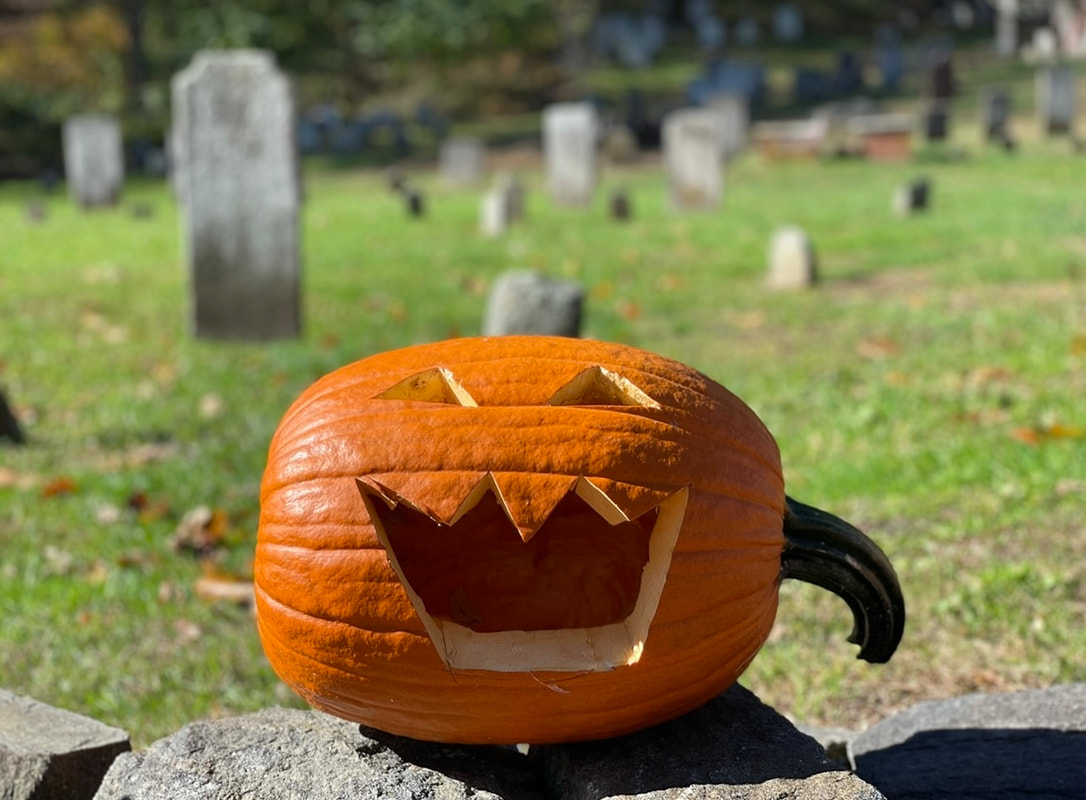
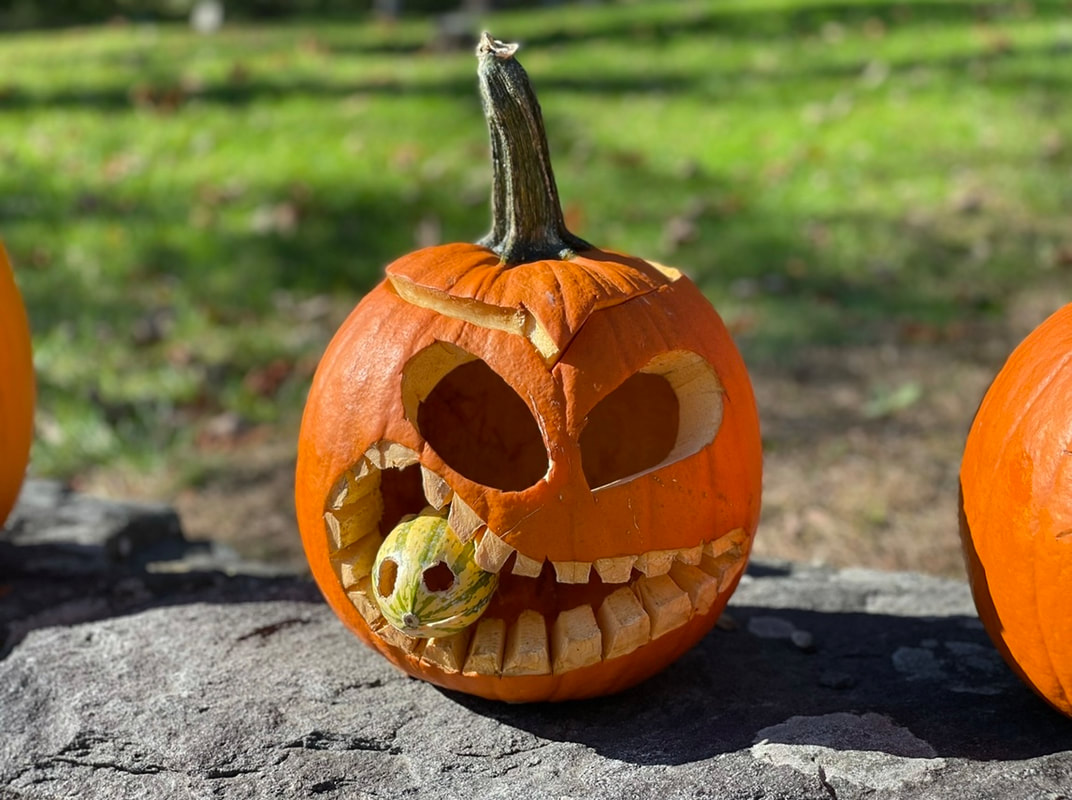

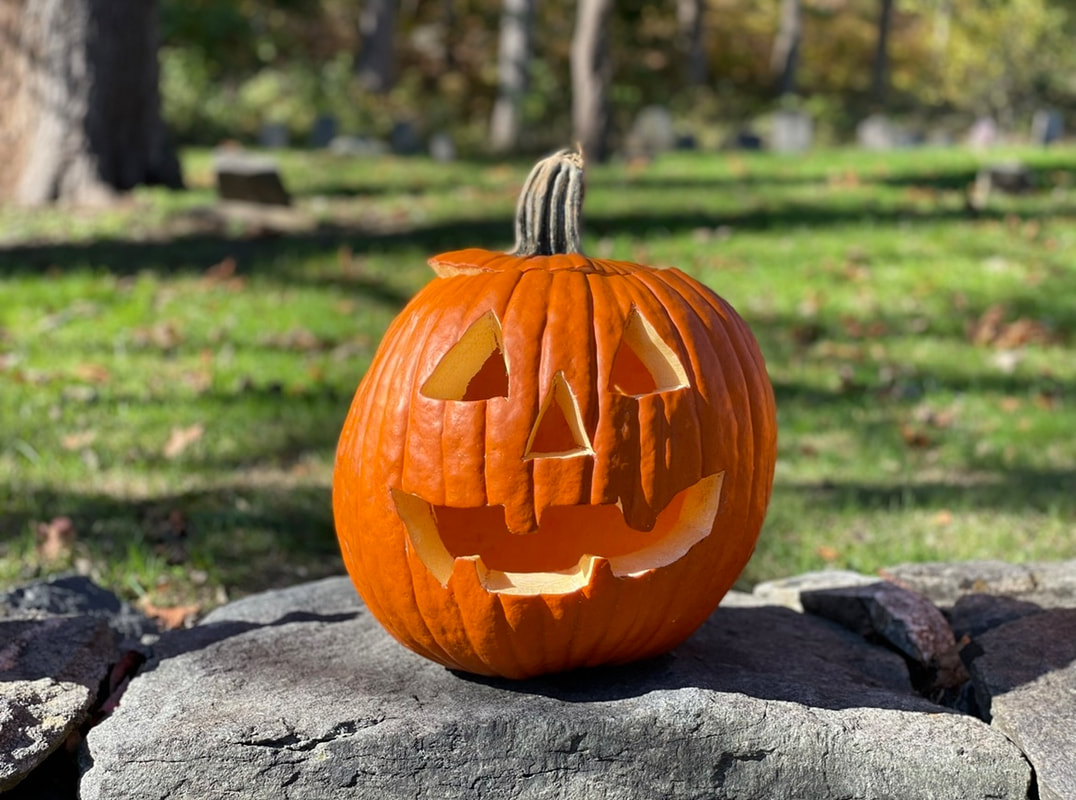

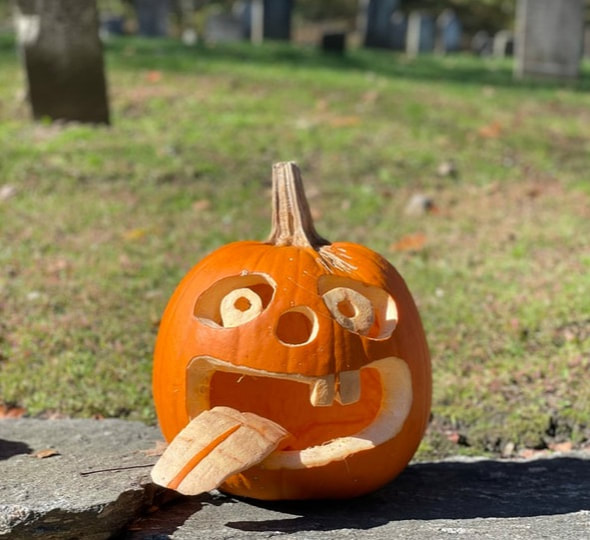
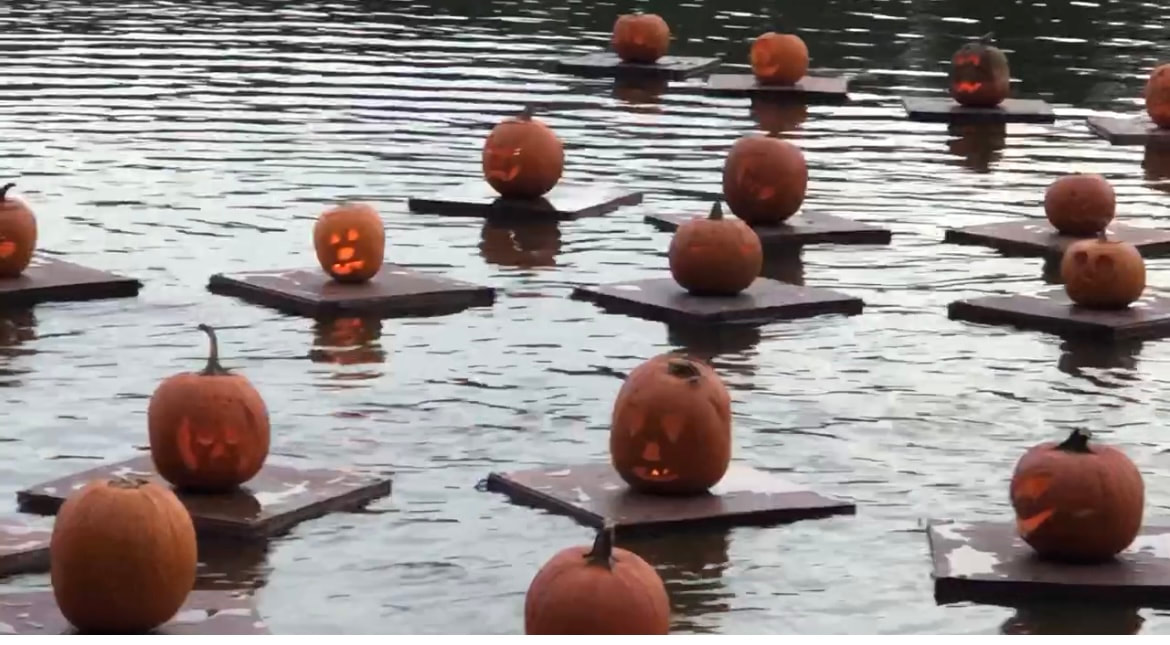

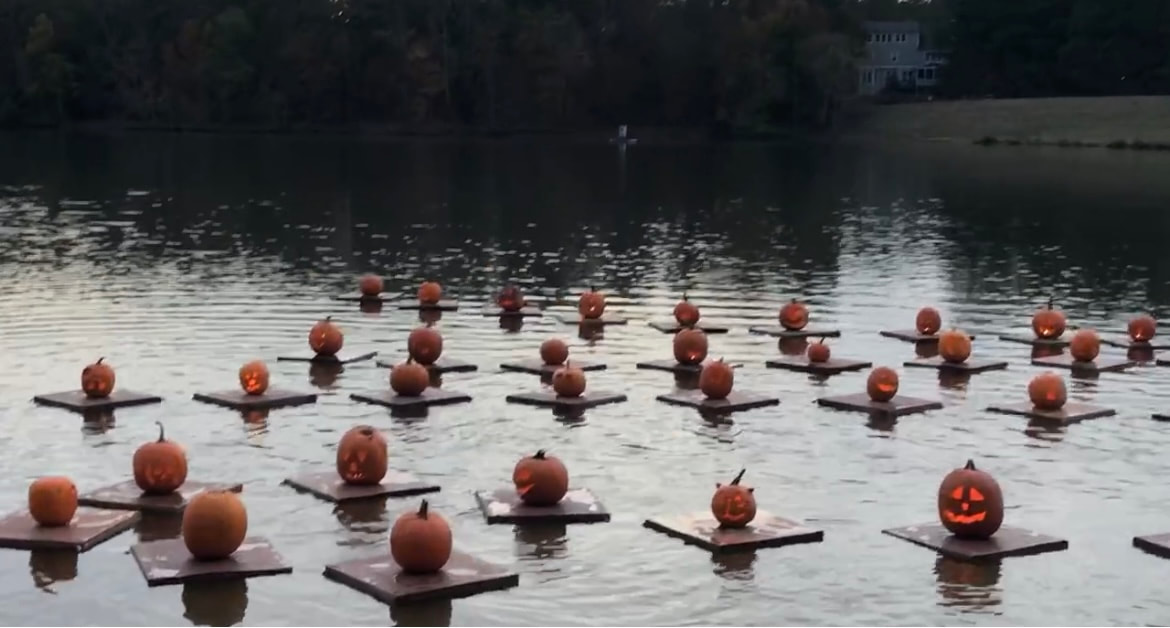



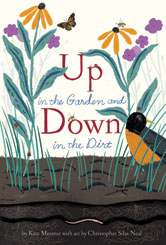

 RSS Feed
RSS Feed